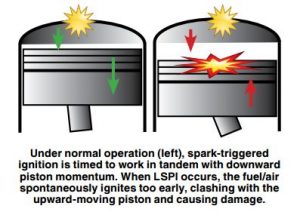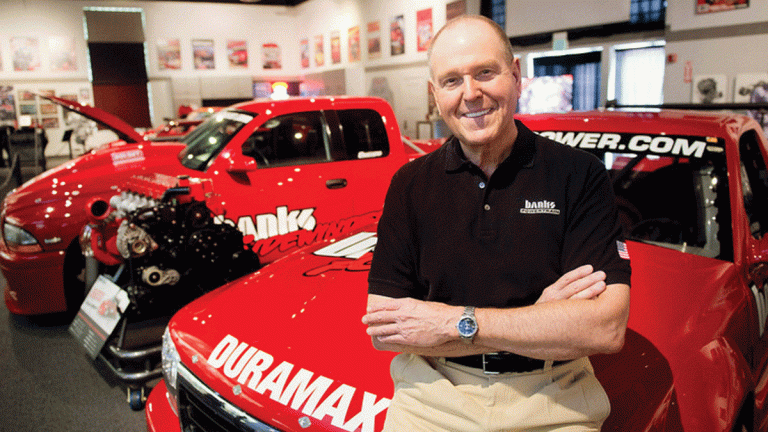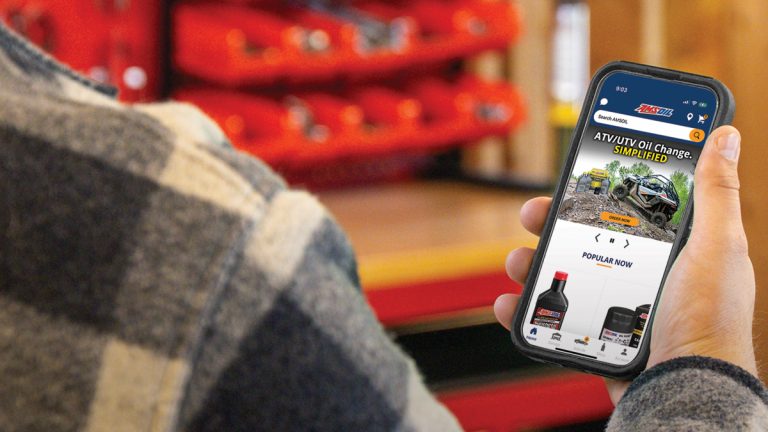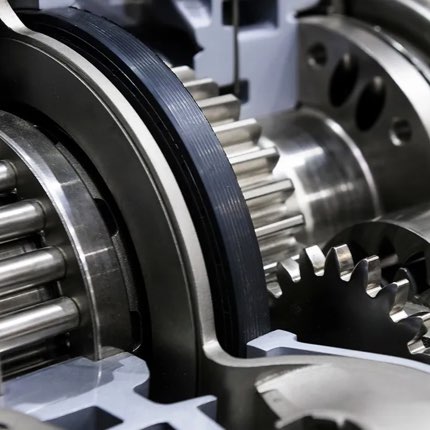U.S. drivers waste billions of dollars annually on premium gas they don’t need. Typically, these motorists falsely believe that premium gas has higher energy content than regular gas since it has a higher octane rating. In many peoples’ minds, “high-octane” is synonymous with greater power and efficiency. In this post, we’ll answer the questions, “What is octane?” And, “Is premium gas worth it?”
What is octane?
Octane has nothing to do with energy content or quality – it’s a measurement of the gasoline’s ability to resist engine knock. Higher octane denotes greater knock control.
What does this mean for you?
Unless you drive a high-performance vehicle, not much. To understand why, we need to dive under the hood and talk about your engine’s compression ratio.
The compression ratio is the ratio of combustion chamber volume from its largest capacity to its smallest.
For example, say the combustion chamber and cylinder can hold 1,000cc of air when the piston is at bottom dead center. During the engine’s compression stroke the piston travels up the cylinder, reducing volume to, say, 100cc. We use these two values to determine the engine’s compression ratio – 1000:100 is reduced to 10:1, so our hypothetical engine has a 10:1 compression ratio.
Engine knock can damage the pistons
Compressing the fuel/air prior to combustion increases heat and improves combustion efficiency, making your engine run better.
However, how much pressure the gasoline can withstand before it combusts is a fine balance.
Too much pressure, and the fuel/air mixture can explode at the wrong time (called engine knock), which can wreck the pistons.
Most stock gas engines have a compression ratio around 10:1 and run just fine on regular 87-octane gas. Some high-performance engines, however, feature higher compression ratios. Plus, some of today’s sophisticated turbocharged engines boast higher compression ratios than engines of yesteryear, which helps them meet strict fuel-economy requirements.
It also invites a relatively new problem called low-speed pre-ignition, which you can read about here.
The added combustion-chamber pressure can cause regular gas to ignite sporadically, resulting in engine knock. Premium, higher-octane gasoline better withstands increased pressure and resists engine knock for maximum performance.
Premium gas may not clean better, either
The other popular misconception is that premium gas contains a higher concentration of cleaning agents and other performance-improving additives.
While many formulators market a high-quality premium gasoline, such as Shell V-Power Nitro+ or ExxonMobil Synergy, the premium gasoline at your local filling station may not be formulated to improve performance in any aspect other than octane rating. Quality can vary from brand to brand and station to station.
To maintain combustion-chamber and fuel-system cleanliness, consider periodically using a fuel additive designed with cleaning agents.
Is premium gas worth it?
Unless you’re driving a car that requires premium gas or you’ve modified your engine, save your money and buy the cheap gas.
Updated. Originally published Nov. 16, 2016.







One thing you failed to mention goes on every day. People who drive cars designed to run on premium grade fuel, that continually put regular grade fuel in when they fill up. These folks may be doing harm to their engines, as well as losing the power and fuel economy that the engine was designed to deliver on premium fuels.
Another thing to consider is many premium fuels contain no ethanol. This results in fuel that stores longer and burns cooler. I say this particularly for small engine and recreational engines.
Is it true that premium doesn’t have as many issues with ethanol? Someone was telling me that it doesn’t have as many issues as 87 does. Fact or fiction?
Hi Jimmy,
Fact. In most cases, premium gas (or non-oxygenated) doesn’t contain ethanol. Many service stations advertise their premium gas for use in off-road and powersports equipment since it relieves people of worrying about ethanol problems.
Thanks for reading.
I live in Colorado. The regular octane here is 85, not 87. Is it true that in this altitude (5500-11,000 ft) that 85 is an ok substitute?
Hi Matt,
It depends on who you ask. Some knowledgeable people say using 85-octane is acceptable at higher altitudes since air that’s less dense has a reduced tendency to cause engine knock. Others say this rule of thumb only applies to older vehicles. To play it safe, we recommend following the guidelines in your owner’s manual.
Thanks for reading.
Premium fuel that doesn’t contain ethanol does contain more energy. If you watch your gas mileage on 10% ethanol vs no eth premium, you will get better gas mileage with no eth.
I drive a 1969 Dodge Dart 340 once a week, it has been tweaked, no knocking, I use 94 octane, should I try reg gas? Have used 89 with additive, Please answer Question.
Hi Maurice,
Do you know what the engine originally recommended? What’s your compression ratio? What mods have you done? All this will influence the gas you should use. Lacking more detail about your engine, I suggest sticking with what’s been working.
Thanks,
John
I use 87 but I put amsoil, fuel additive in each tank of gas it helps increase mileage and I think my engine runs better
I do believe the general public has been lied to!! 1st there are no more additives in premium fuel! 2nd non ethanal can legally have up to 5% ethanol. As it can be delivered in a truck that’s had ethanol fuel in it! 3rd Ethanol Free must be delivered in a truck that has NEVER HAD ETHANOL FUEL IN IT!! SAME AS AVGAS!
Octane has always been an issue which has many opinions. Remember the Sunoco multi-grade blending gas pumps that allowed the consumer to choose between their grades? This tended to bring out the folks who say “More is Better”. This article has kept it in a space of reality and that’s great. Today’s ethanol gas blends are again creating confusion for many. Reality is that for some it will be about the performance of their engine and others will stay with price. In any regard, making sure that the fuel system stays clean and provide some upper cylinder lubrication is important for all engines. That’s why I suggest using a tank with Performance Improver with each oil change and at least one bottle of upper cylinder additive with the first tank of a longer trip. Even though the engines, oils, and gasoline have changed over the years, this formula has worked well for me. I’ve used AMSOIL since 1976 and glad that they’ve kept ‘quality’ on the top of their priorities.
The real key to car maintenance is more in the gas station itself than in the grade of octane.
As an owner, you are better off spending any extra money buying 87 octane from a Top Tier brand than 91 or 93 from a non-Top Tier brand if 87 octane is explicitly stated in the owner’s manual. The additives in Top Tier gasoline will help complement AMSOIL fuel additives and aid in a cleaner engine that runs as the manufacturer originally intended.
In my case, I slant towards Mobil Synergy Supreme+, Mobil’s 93 octane fuel that has additional detergents compared to 87 or 89, but only because (1) 93 is recommended in the owner’s manual and (2) Mobil is the only Top Tier brand I can find in Buffalo.
The additional additives included in the gasoline are icing on the cake.
They forgot to mention if u have put a tuner on the car or truck that raises timing u need better fuel as well.
2018 Wrangler JLU 3.6 Pentastar, drive typically ~40k/yr. I have ran either/or and mixed for weeks at a time. I consistently get 21.5-22 mpg on Non-Ethanol whether in 89 or 93 form (only two gas stations carry it in my area at a fair price). Anytime I have chosen to run, or had to run blended 87 or 89 I am at under 19.5MPG. I will continue to pay more for fuel because something about getting better mileage makes me think the engine is performing better all the way around with less wear and tare…same reason I buy AMSOIL. The electronics on the newest cars over the past 5 years adjust timing on the fly to accommodate for air density and fuel ratios to help prevent knocking.